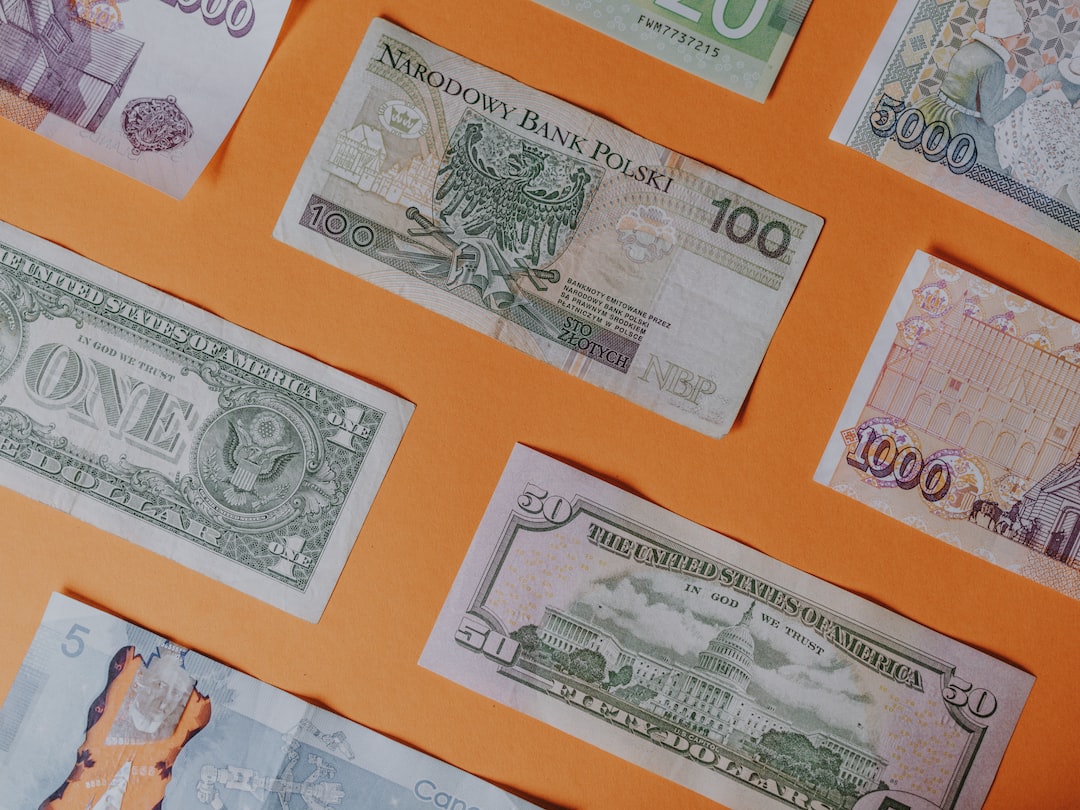Advanced Strategies for Utilizing Moving Averages in Forex Trading
Moving averages are one of the most popular and widely used technical indicators in forex trading. They are simple yet effective tools that help traders identify trends, determine entry and exit points, and smooth out price data to provide a clearer view of the market. In this article, we will discuss advanced strategies for utilizing moving averages in forex trading.
Before we dive into advanced strategies, let’s first understand the basics of moving averages. Moving averages are calculated by taking the average price of a currency pair over a specific period of time, typically ranging from 10 to 200 periods. The two main types of moving averages used in forex trading are the simple moving average (SMA) and the exponential moving average (EMA).
The simple moving average (SMA) is calculated by adding up the closing prices of a currency pair over a specific period and dividing it by the number of periods. For example, a 20-day SMA is calculated by adding up the closing prices of the past 20 days and dividing it by 20. The exponential moving average (EMA), on the other hand, gives more weight to recent prices, making it more responsive to price changes.
Now that we have a basic understanding of moving averages, let’s explore some advanced strategies for utilizing them in forex trading.
1. Moving Average Crossovers:
One of the most common and effective strategies is the moving average crossover. This strategy involves using two moving averages of different time periods and looking for the point at which they cross over each other. For example, when the shorter-term moving average (e.g., 50-day SMA) crosses above the longer-term moving average (e.g., 200-day SMA), it generates a buy signal. Conversely, when the shorter-term moving average crosses below the longer-term moving average, it generates a sell signal.
The moving average crossover strategy helps traders identify trends and capture the momentum of the market. It works best in trending markets but can produce false signals in range-bound markets.
2. Moving Average Bounces:
Another advanced strategy is using moving averages as dynamic support and resistance levels. When the price of a currency pair approaches a moving average, it often bounces off it, indicating a potential reversal or continuation of the trend.
Traders can use this strategy by waiting for the price to touch or come close to a moving average and then look for additional confirmation signals, such as candlestick patterns or oscillators, to enter a trade in the direction of the bounce.
3. Multiple Moving Averages:
Using multiple moving averages of different time periods can provide a more comprehensive view of the market and increase the accuracy of trading signals. For example, a trader can use a combination of a short-term moving average (e.g., 20-day SMA), a medium-term moving average (e.g., 50-day SMA), and a long-term moving average (e.g., 200-day SMA).
When all three moving averages align in the same direction, it confirms the strength of the trend and provides a stronger signal. Conversely, if the moving averages are crisscrossing or moving sideways, it indicates a choppy or range-bound market, and traders should exercise caution.
4. Moving Average Convergence Divergence (MACD):
MACD is a popular technical indicator that combines moving averages and oscillators. It consists of two lines – the MACD line and the signal line – and a histogram. The MACD line is calculated by subtracting the longer-term moving average from the shorter-term moving average, while the signal line is a moving average of the MACD line.
Traders can use the MACD to identify trend reversals, generate buy and sell signals, and measure the strength of the trend. When the MACD line crosses above the signal line, it generates a bullish signal, indicating a potential buying opportunity. On the other hand, when the MACD line crosses below the signal line, it generates a bearish signal, indicating a potential selling opportunity.
In conclusion, moving averages are versatile tools that can be used in various advanced strategies in forex trading. Whether it’s through moving average crossovers, bounces, multiple moving averages, or the MACD indicator, traders can leverage these strategies to identify trends, determine entry and exit points, and increase their chances of success in the forex market. However, it’s important to remember that no strategy is foolproof, and traders should always combine technical analysis with other indicators and risk management techniques to make informed trading decisions.


















































